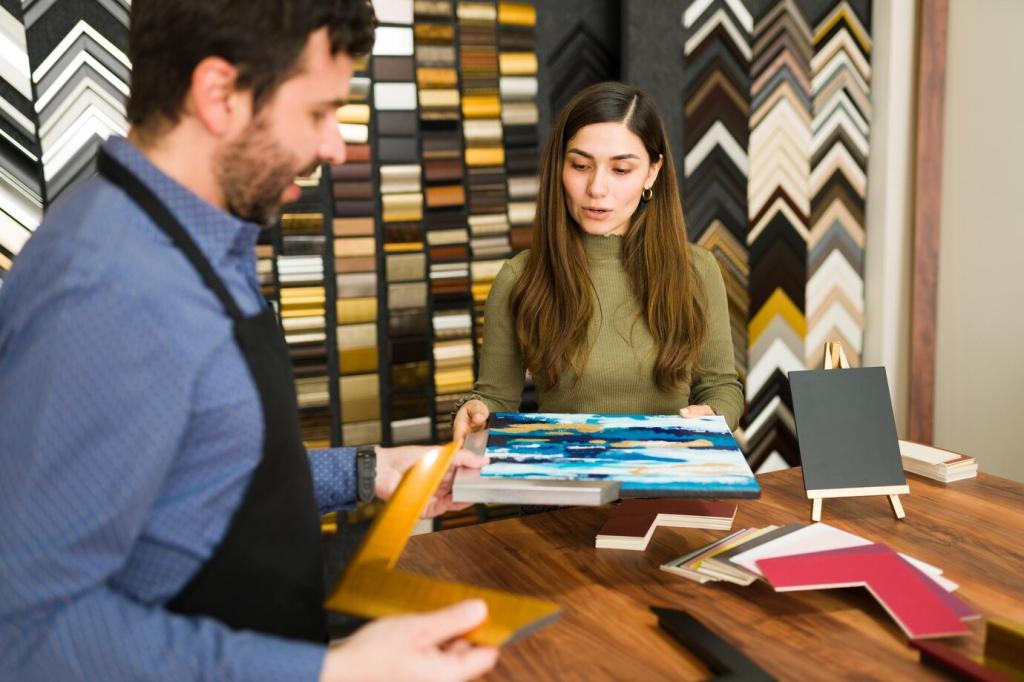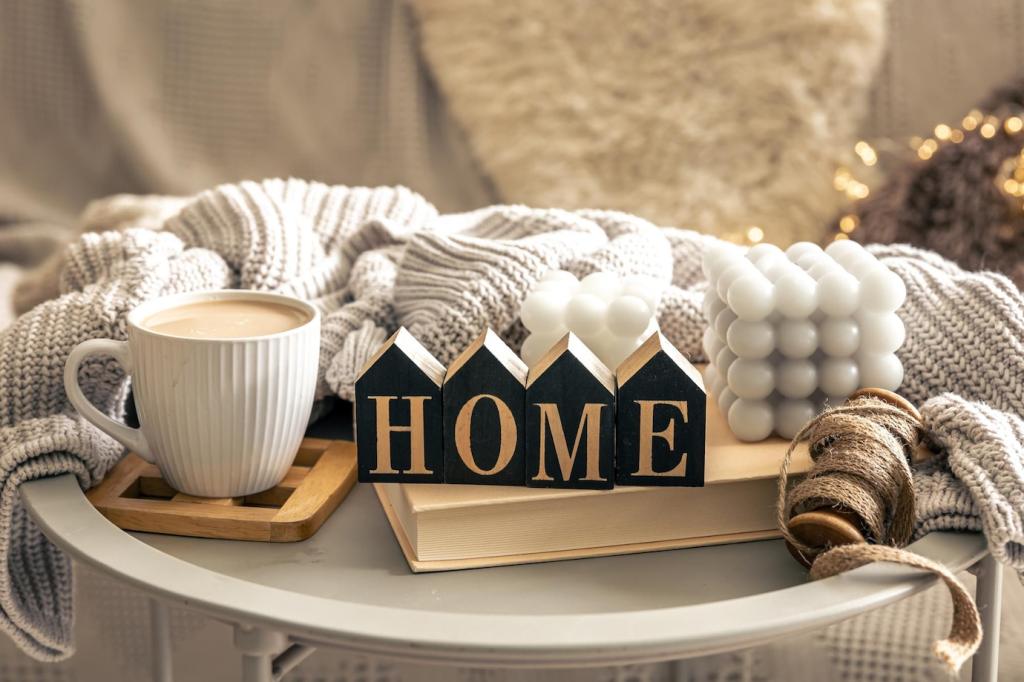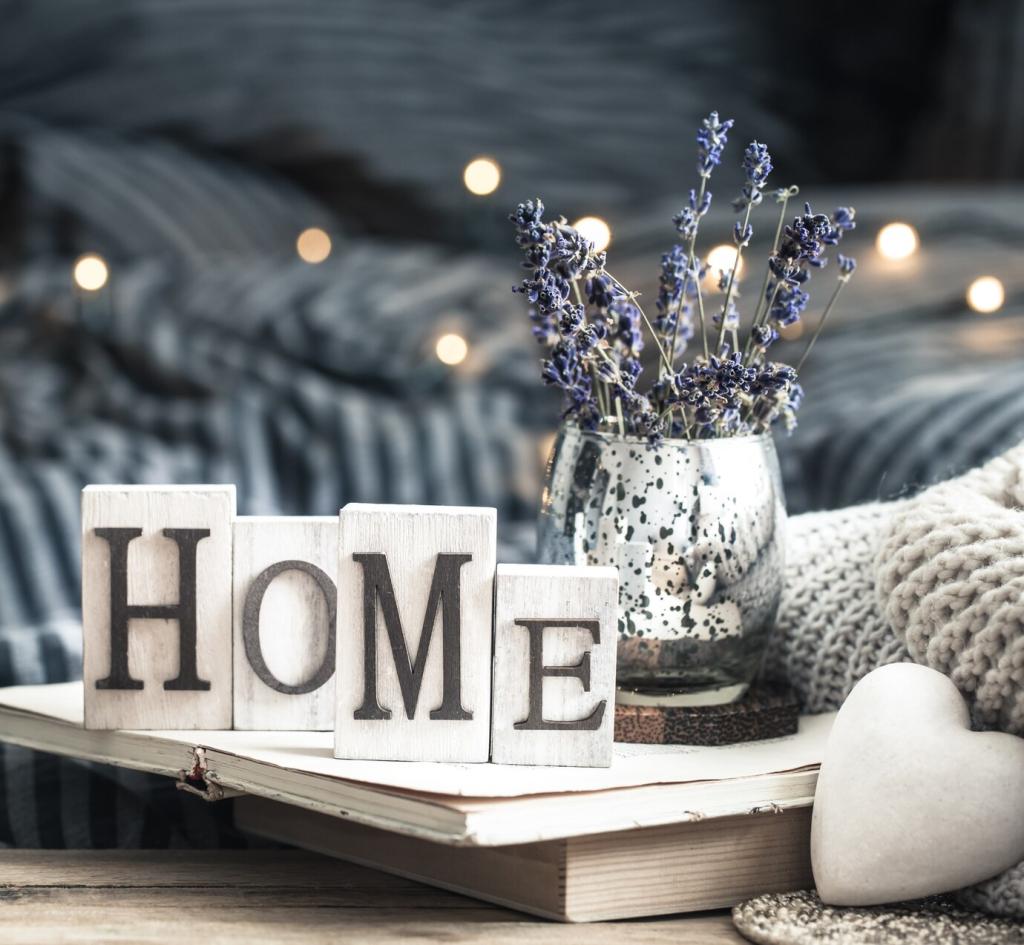Lifecycle Messages That Feel Like a Friend
Open with orientation: your brand’s neighborhood of materials, makers, and beliefs. Offer a short tour—best-sellers, care tips, sizing guide. Close with permission-based intimacy: “May we send you seasonal room ideas?” Share a welcome email that earned replies, not just clicks.
Lifecycle Messages That Feel Like a Friend
Swap urgency bark for gentle assurance: “Still picturing this glow?” Include a tiny measuring reminder, care note, and return policy in human terms. Consider a photo in context, not a sterile cutout. Post your favorite anxiety-easing line so others can learn.
Lifecycle Messages That Feel Like a Friend
Explain why it vanished—small-batch kiln schedule, handwoven lead times—and what pairs well with it now. Offer a limit without panic. Consider notifying by room style preference. Invite subscribers to share a back-in-stock subject line that felt respectful and effective.
Lifecycle Messages That Feel Like a Friend
Lorem ipsum dolor sit amet, consectetur adipiscing elit. Ut elit tellus, luctus nec ullamcorper mattis, pulvinar dapibus leo.







